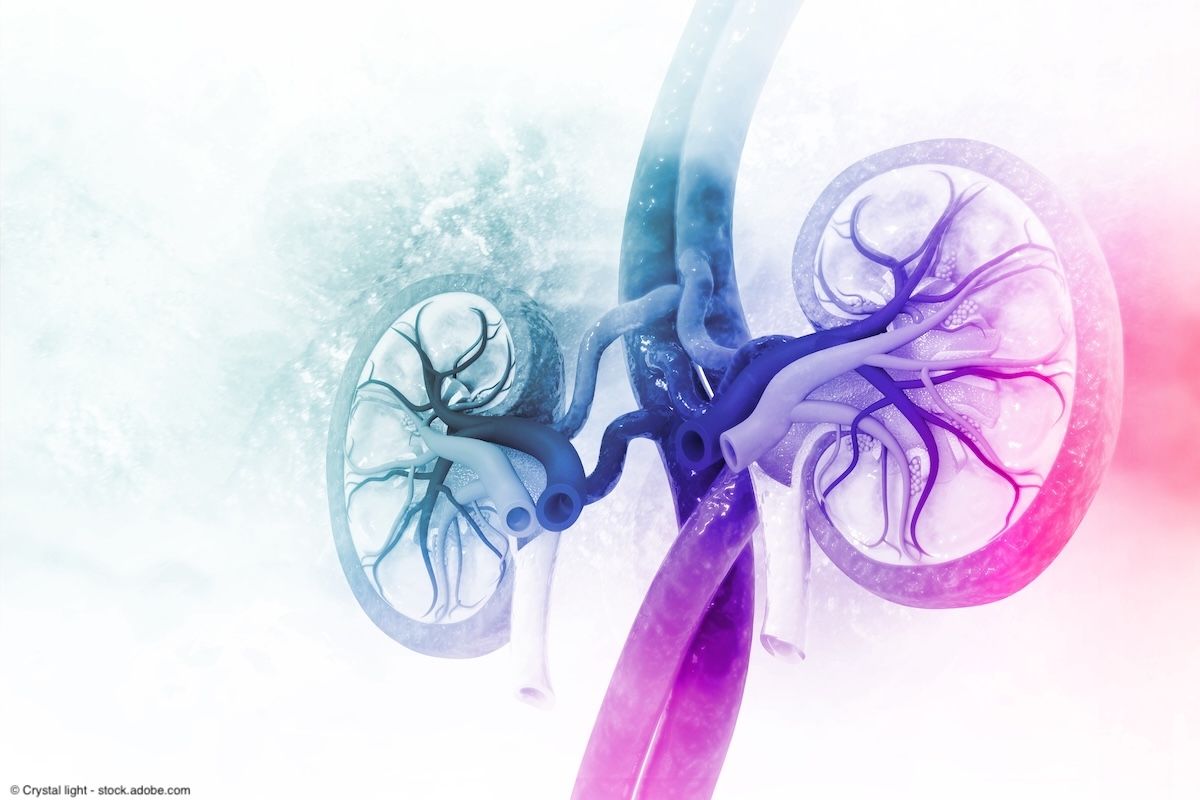Primary results from the Pediatric KIDney Stone (PKIDS) trial (NCT04285658), the largest comparative effectiveness study of surgical interventions for children and adolescents with kidney stones, have been published in JAMA Network Open.1,2
The findings, published across 2 different studies, offer valuable insights into clinical outcomes and patient experiences following surgery. According to Children’s Hospital of Philadelphia (CHOP), “Most children and adolescents with kidney and ureteral stones are treated with ureteroscopy despite uncertainty of which procedure is more effective and their impact on patients’ lives.”3
Thus, CHOP founded the PKIDS Care Improvement Network in 2019. The 2 studies published from that trial specifically compared outcomes following ureteroscopy and percutaneous nephrolithotomy (PCNL)1 as well as between ureteroscopy and shockwave lithotripsy.2 Overall, the findings raise questions about the preference for ureteroscopy in clinical practice.
Gregory E. Tasian, MD, MSc, MSCE
“Our findings provide new information that allow for tailored approaches to kidney stone treatment for children and their families,” said co-author Gregory E. Tasian, MD, MSc, MSCE, Director of the PKIDS network and an attending pediatric urologist in the Division of Urology at CHOP, in a news release on the studies.3 “Although future clinical trials are important, we hope that clinical practice guidelines will consider outcomes that matter to patients.”
Ureteroscopy vs PCNL
In the first study, published in June 2025, the PKIDS team conducted a prospective cohort study involving 1039 patients across 31 medical centers in the US and Canada. In total, 93 patients underwent PCNL and 946 underwent ureteroscopy, of whom 36 and 43 had stones larger than 15 mm, respectively. The median age of patients was 15.6 (IQR, 12.5 to 17.3).
Data showed that patients who underwent PCNL had similar stone clearance to those who underwent ureteroscopy, with greater stone clearance achieved for those with kidney stones larger than 15 mm. Specifically, the stone clearance rate was 67.2% (95% CI, 46.0 to 88.4) in the PCNL arm vs 73.4% (95% CI, 69.4 to 77.4) in the ureteroscopy arm, a difference which did not achieve statistically significance (risk difference, −6.2%; 95% CI, −27.7 to 15.4).
However, there was a statistically significant difference in stone clearance between PCNL and ureteroscopy in patients with stones larger than 15 mm. In these patients, the stone clearance rate was 94% (95% CI, 83.3 to 100) in the PCNL arm compared with 55% (95% CI, 32.9 to 77.1) in the ureteroscopy arm (risk difference, 39.0%; 95% CI, 14.4 to 63.5).
Additionally, patients who underwent PCNL reported a better lived experience compared with patients who underwent ureteroscopy. Notably, patients who underwent PCNL showed significantly lower scores in pain intensity (T score difference, −5.42; 95% CI, −10.38 to −0.46), pain interference (T score difference, −5.88; 95% CI, −11.02 to −0.75), anxiety (T score difference, −5.74; 95% CI, −9.26 to −2.22), psychological stress experiences (T score difference, −7.90; 95% CI, −13.13 to −2.67), sleep disturbance (T score difference, −5.57; 95% CI, −8.56 to −2.58), and urinary symptoms (symptom score difference, −6.37; 95% CI, −11.71 to −1.03) at 1 week after surgery compared with patients who underwent ureteroscopy.
According to the authors, these findings support PCNL as a first-line surgical intervention for pediatric patients with kidney stones larger than 15 mm. The data also point to the relatively low contemporary use of shockwave lithotripsy for larger stones. However, they do caution that an adequately powered prospective clinical trial is needed to confirm these findings.
Specifically, they write, “The better experiences with percutaneous nephrolithotomy may be explained by the lower use of ureteral stents and ureteral manipulation for this procedure. Further investigation is needed to understand whether [patient-reported outcome] differences reported herein are primarily related to ureteral stenting or to ureteroscopy, irrespective of stent use.”
Ureteroscopy vs Shockwave Lithotripsy
The second CHOP-led study, published in August 2025, evaluated outcomes between ureteroscopy and shockwave lithotripsy. In total, the nonrandomized clinical trial enrolled 1142 patients across 31 medical centers in the US and Canada. The median age of patients was 15.6 years (IQR, 12.6 to 17.3 years). Among all patients, 953 patients underwent ureteroscopy and 189 patients underwent shockwave lithotripsy.
Tasian noted, “The PKIDS trial demonstrated that ureteroscopy and shockwave lithotripsy remove stones equally well and that patients having shockwave lithotripsy recover more quickly after surgery with less pain and fewer urinary symptoms.”
Overall, data showed no significant difference in stone clearance between the 2 procedures. The stone clearance rate was 71.2% in the ureteroscopy arm vs 67.5% in the shockwave lithotripsy arm, a difference which did not achieve statistical significance (risk difference, 3.6%; 95% CI, −6.2 to 13.5).
However, patients who underwent shockwave lithotripsy did report improved patient-reported outcomes vs those who underwent ureteroscopy.
Compared with shockwave lithotripsy, ureteroscopy was associated with greater pain interference (T-score difference, 5.0 [95% CI, 2.3-7.8]) and urinary symptoms (symptom score difference, 3.9; 95% CI, 1.2 to 6.7) at 1 week after surgery. Further, in the ureteroscopy arm, patients missed more school (risk difference, 21.3%; 95% CI, 9.7 to 32.8) and caregivers missed more work (risk difference, 23.0%; 95% CI, 11.0 to 35.0) in the week following the procedure.
According to the authors, these findings may be used to guide decision-making between these surgical procedures as well as inform patient counseling on expected outcomes.
REFERENCES
1. Ellison JS, Chu DI, Nelson CP, et al. Percutaneous nephrolithotomy vs ureteroscopy for kidney stones in children. JAMA Netw Open. 2025;8(6):e2516749. doi:10.1001/jamanetworkopen.2025.16749
2. Tasian GE, Chu DI, Nelson CP, et al. Ureteroscopy vs shockwave lithotripsy to remove kidney stones in children and adolescents: A nonrandomized clinical trial. JAMA Netw Open. 2025;8(8):e2525789. doi:10.1001/jamanetworkopen.2025.25789
3. Children’s Hospital of Philadelphia researchers lead largest comparative study of surgical interventions for children and adolescents with kidney stones. News release. Children’s Hospital of Philadelphia. August 7, 2025. Accessed August 7, 2025. https://www.prnewswire.com/news-releases/childrens-hospital-of-philadelphia-researchers-lead-largest-comparative-study-of-surgical-interventions-for-children-and-adolescents-with-kidney-stones-302522248.html
